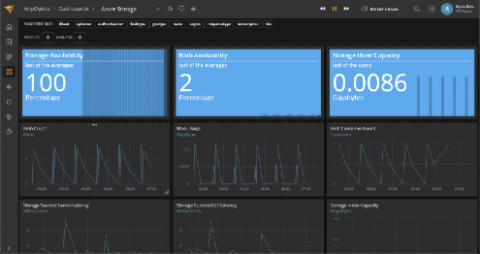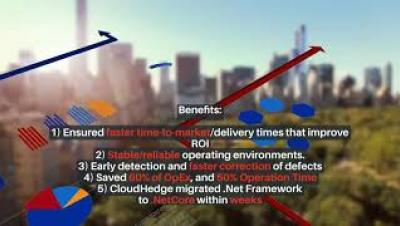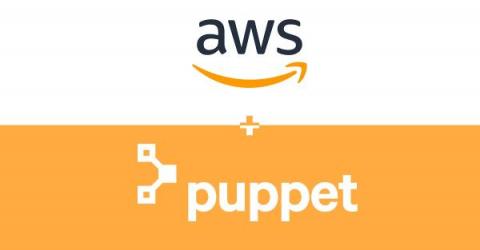Operations | Monitoring | ITSM | DevOps | Cloud
Cloud
The latest News and Information on Cloud monitoring, security and related technologies.
What Is Serverless Architecture?
Serverless has been around for a minute now but it’s safe to say that it’s still in its infancy in 2020 and definitely has a long way to go. But serverless architecture is a major step away from to dependence on humans and towards reliance on machines. Are the machines already talking over? Not literally the “Terminator” movie scenario quite yet but is this the beginning of the end of an era in the world as we know it?
Automated Containerization and DevOps Solution for a Leading Agro and Dairy Producer.
Implementation of DevOps and Transformation of a .Net Framework to .NetCore for a Banking ISV
Anodot Tutorial: AWS Cost & Usage Report (CUR) Monitoring
Good Catch: Cloud Cost Monitoring
Aside from ensuring each service is working properly, one of the most challenging parts of managing a cloud-based infrastructure is cost monitoring. There are countless services to keep track of—including storage, databases, and computation—each with their own complex pricing structure. Monitoring cloud costs is quite different from other organizational costs in that it can be difficult to detect anomalies in real-time and accurately forecast monthly costs.
5 Popular Use Cases for Going Serverless
Since 2014 when AWS launched AWS Lambda and kickstarted the serverless movement, going serverless has grown exponentially for organizations of all sizes from one-man start-ups to huge listed global enterprises. While there are some challenges to this new architecture, the ways moving to serverless can transform a business often far outweigh these.
5 Scenarios That Demand Hybrid Cloud Deployment
The Cloud Is a No-Brainer… Most companies by now have a “to the cloud” initiative that’s at one stage or another of maturity. It’s a great way to make better use of all your resources—people, time, and money. And it gives you more flexibility. You don’t have to size your entire application architecture for important but short-lived peaks, such as Black Friday for retailers or year-end ERP closing for large manufacturers, to name just a couple examples.
Autoscaling Puppet compile masters with AWS
In classic Puppet deployment architecture, compile masters are widely used when the number of managed nodes goes up. Multiple compile masters sit behind a load balancer to take care of the additional workloads. It is not rare to see Puppet adopters launching the compile masters in the public cloud, such as Amazon Web Service (AWS) and Google Cloud Platform.
What is Azure VM Insights?
Microsoft recently announced general availability of Azure VM Insights, aka Azure Monitor for VM. This service is basically a set of features that allow you to monitor your VMs in more detail, from collecting the telemetry from your VM to displaying it meaningfully – all with a single click. I am satisfied with Azure VM Insights for the most part, but I also have some mixed feelings about it. Read on to find out why.











